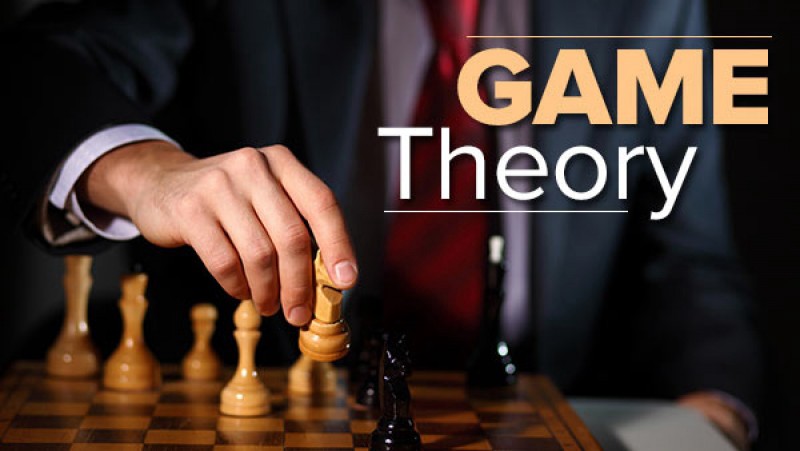
They’re deploying reward and competitive tactics commonly found in the gaming world to make tasks such as management training, data entry and brainstorming seem less like work. Employees receive points or badges for completing jobs or meeting time limits for assignments, for example. Companies also may use leaderboards, which let players view one another’s scores, to encourage friendly competition and motivate performance, experts say.
This “gamification” of the workplace, or “enterprise gamification” in tech-industry parlance, is a fast-growing business. Companies have used digital games for a number of years to help market products to consumers and build brand loyalty. What’s emerging is using games to motivate their own employees.
Firms also need to make sure that friendly competition doesn’t get out of hand, fostering animosity among employees, says Byron Reeves, a professor of communication at Stanford University and a co-founder of Seriosity Inc., a firm that helps companies develop gaming strategies.
“Adding gamification to the workplace drives performance but it doesn’t make up for bad management. If you are a bad manager, gamification won’t help you,” says Kris Duggan, chief executive of game-maker Badgeville.